Here’s where an education at Minnesota State University, Mankato can take you

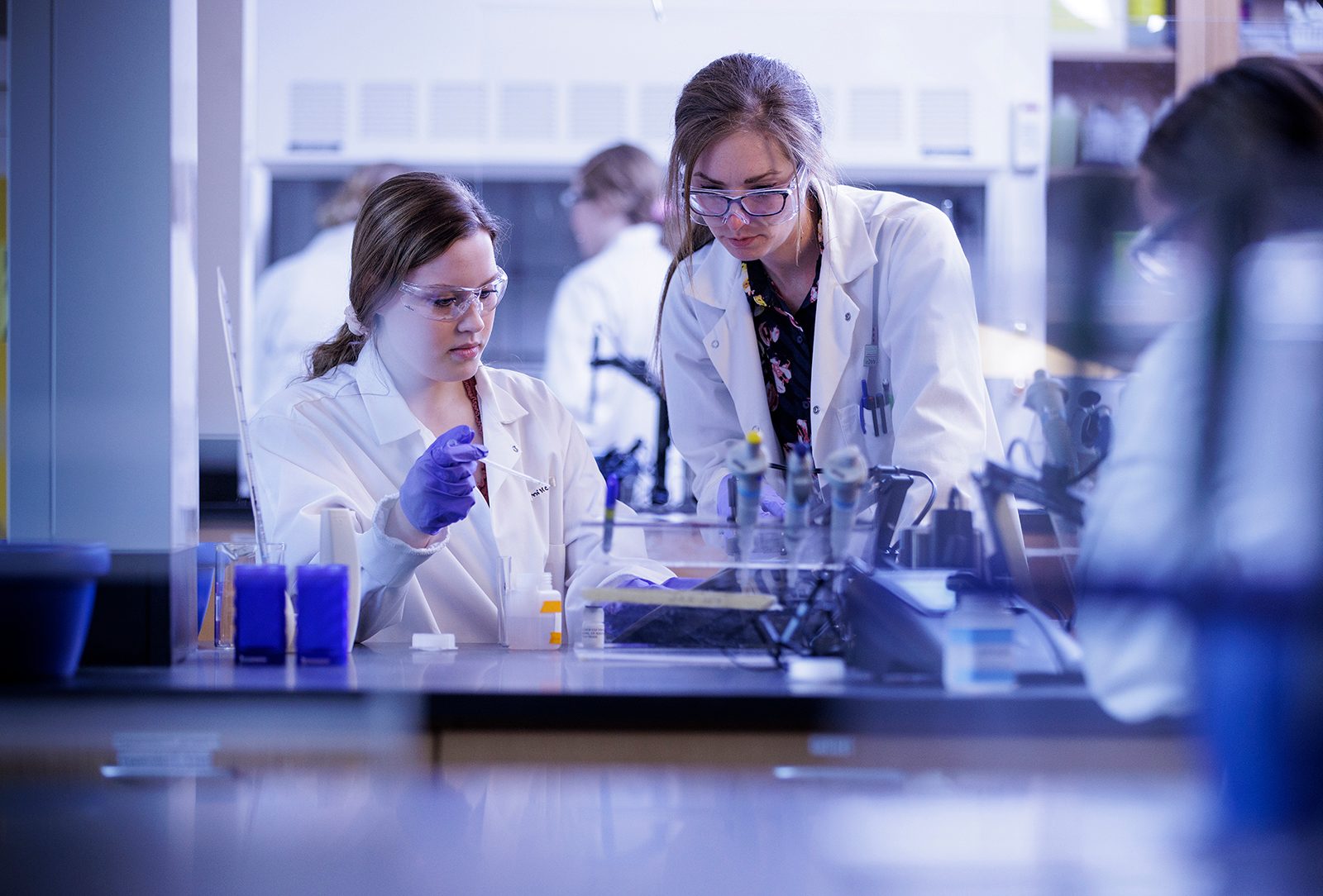
Practical experience and hands-on learning are focal points of academic life at Minnesota State Mankato. Students don’t just absorb theory through textbooks — they’re on the ground, working on projects that make a real impact. They benefit from the university’s various partnerships with industry leaders, ensuring that by the time they graduate, they are well-prepared to take on complex challenges and make meaningful contributions in their respective fields.
Along the way, students enjoy a vibrant campus life. Diverse and creative activities with over 200 academic student groups, traversing everything from special interest groups to civic engagement, these experiences enliven campus every day. Intramural sports, leadership and religious organisations, and honorary and professional fraternities and sororities provide even more opportunities for camaraderie and self-growth.
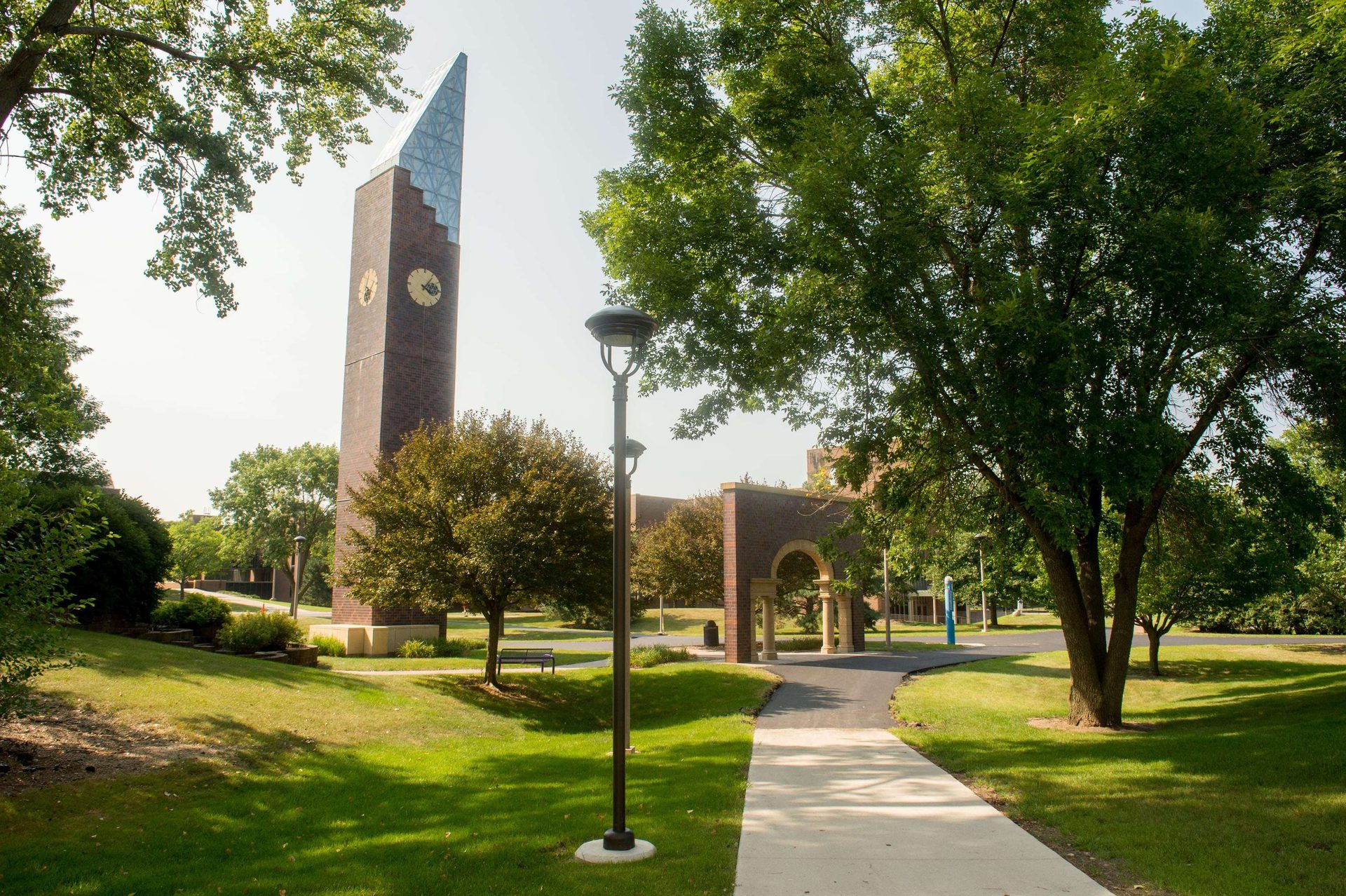
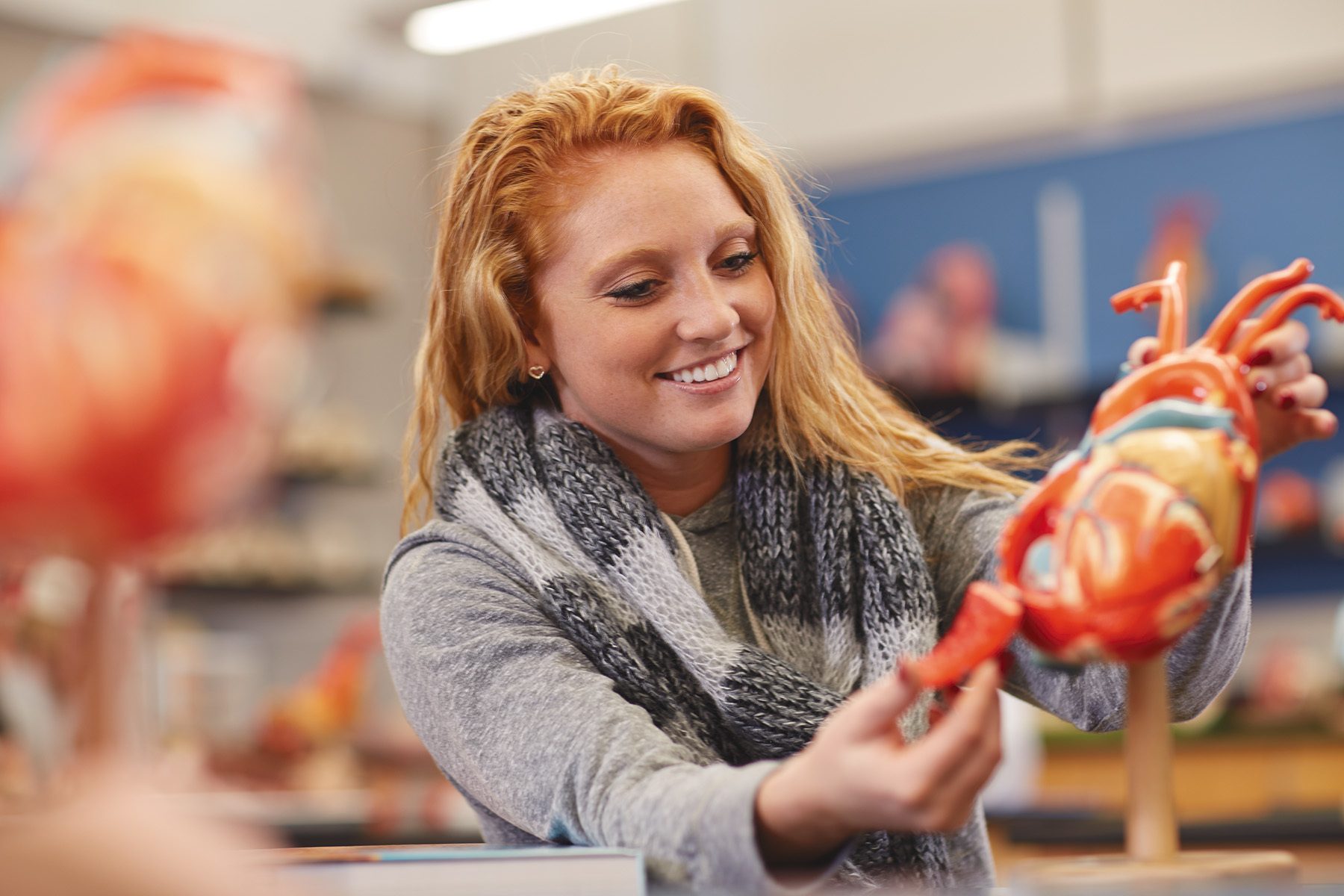
Minnesota State University, Mankato is ranked 18th in Top Public Schools and among the top 20 universities in undergraduate research by the Council on Undergraduate Research. Yet, these two fast facts just scratch the surface of how Minnesota State Mankato is exemplary in turning the big ideas of student researchers into real-world solutions that have a positive impact across Minnesota and beyond.
At the forefront of this is its College of Science, Engineering and Technology. Here, 10 academic departments oversee over 69 programmes. Each embraces cutting-edge technologies and innovative teaching methodologies, empowering students to become the next generation of problem-solvers and industry disruptors.
95.1%
of students employed within a year after graduation
14,000
students university-wide, representing over 90 countries
More than
145,000
alumni worldwide
Over
2,600
students of colour and 13.7% of employees of colour
Nearly
Bridging the transition from college to industry
The College of Science, Engineering and Technology offers an unparalleled pathway to success by forging strong and meaningful partnerships with industries. These relationships are key to offering the highest quality in experiential education — allowing students to go out into the world, discover more about the roles they are keen to work in, and build invaluable connections with experts in the process.
Through internships, co-op programmes, and industry-sponsored projects, students gain hands-on experience, directly applying their classroom knowledge to real-world scenarios. Such partnerships also ensure that programmes at the college are directly aligned with work trends and demands, giving students the skills employers are looking for in the current job landscape.
Here are some programmes utilising industry partnerships to inform learning:
Computer Science
As the first project-based programme of its kind in the country, Computer Science at Minnesota State Mankato is effective in preparing graduates for top industry positions in computing and further study.
The lower-division courses integrate a common computing core, which is shared among various disciplines including Computer Science, Computer Information Technology, Management Information Systems, Computer Engineering, and Cognitive Science.
As students progress to the upper-division, they embark on an exciting journey of project-based learning. Through a series of four substantial semester-long projects, students work in teams — enabling them to gain valuable interdisciplinary and teamwork skills along the way.
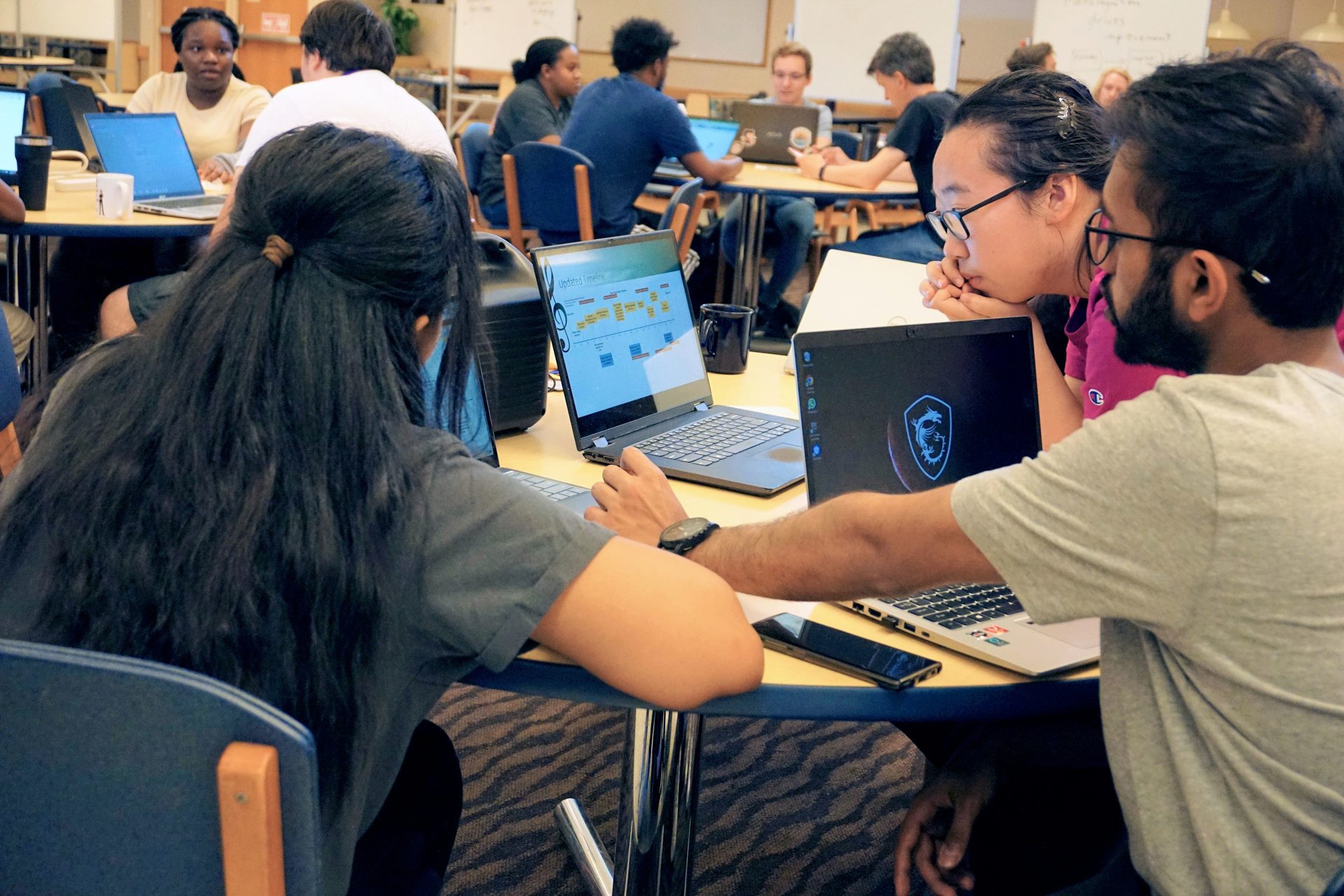
Integrated Engineering
Integrated Engineering is another unique programme focused on the third and fourth years of engineering at Minnesota State Mankato. Here, a co-op model is employed, giving students the chance to work in industry whilst completing their programme. This is mainly split into two branches: Iron Range and Twin Cities Engineering.
Located in the Iron Range region of northeast Minnesota, the IRE model requires students to work around 40 hours per week in an engineering office or lab setting. They work closely on real design projects and manage engineering projects for industry clients. Practice is at the heart of the model, allowing students to walk away with integrated technical and professional knowledge and competencies.
Then there’s the Twin Cities model, which is located in the Twin Cities metro area of Minnesota. Here, students learn the fundamentals of electrical and mechanical engineering through projects that make a real difference and offer significant value to sponsors — promising meaningful contributions to local communities.
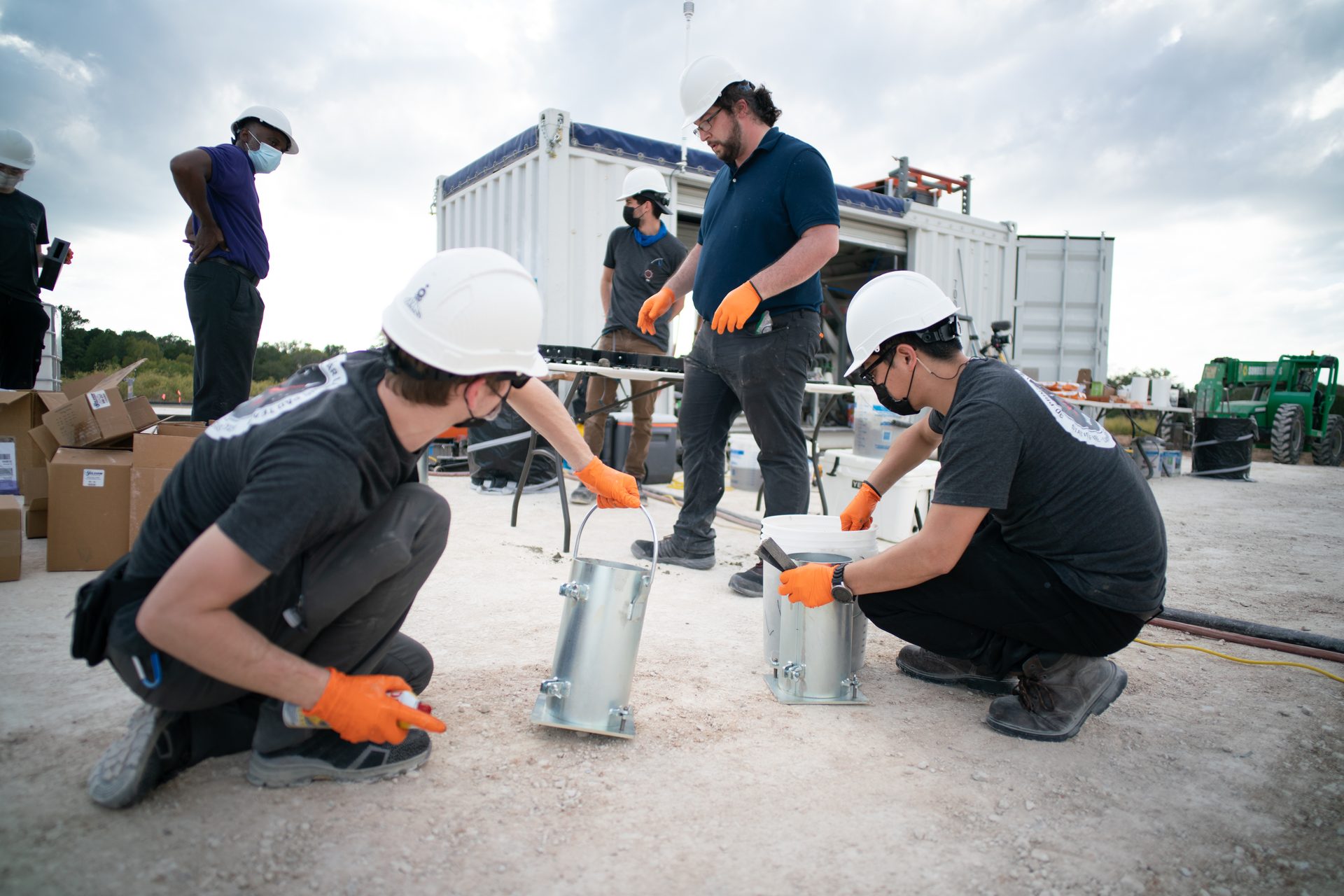
RISEbio
Few institutions offer the chance to bridge social integration, vertical monitoring and an authentic research experience as part of the learning process — apart from Minnesota State Mankato. With RISEbio, students have access to a National Science Foundation-funded programme that allows them to engage in real-world research with faculty, peer members and graduate students.
Offered throughout the entirety of their four years of college, a limited number of students are selected to join the RISEbio learning community after submitting an application. With time, they join a research team and work on mentored research projects with relevant parties.
Some examples of research conducted by RISEbio participants include Brain and Behaviour, Plants and Environmental Stress and Immunity and Cancer.
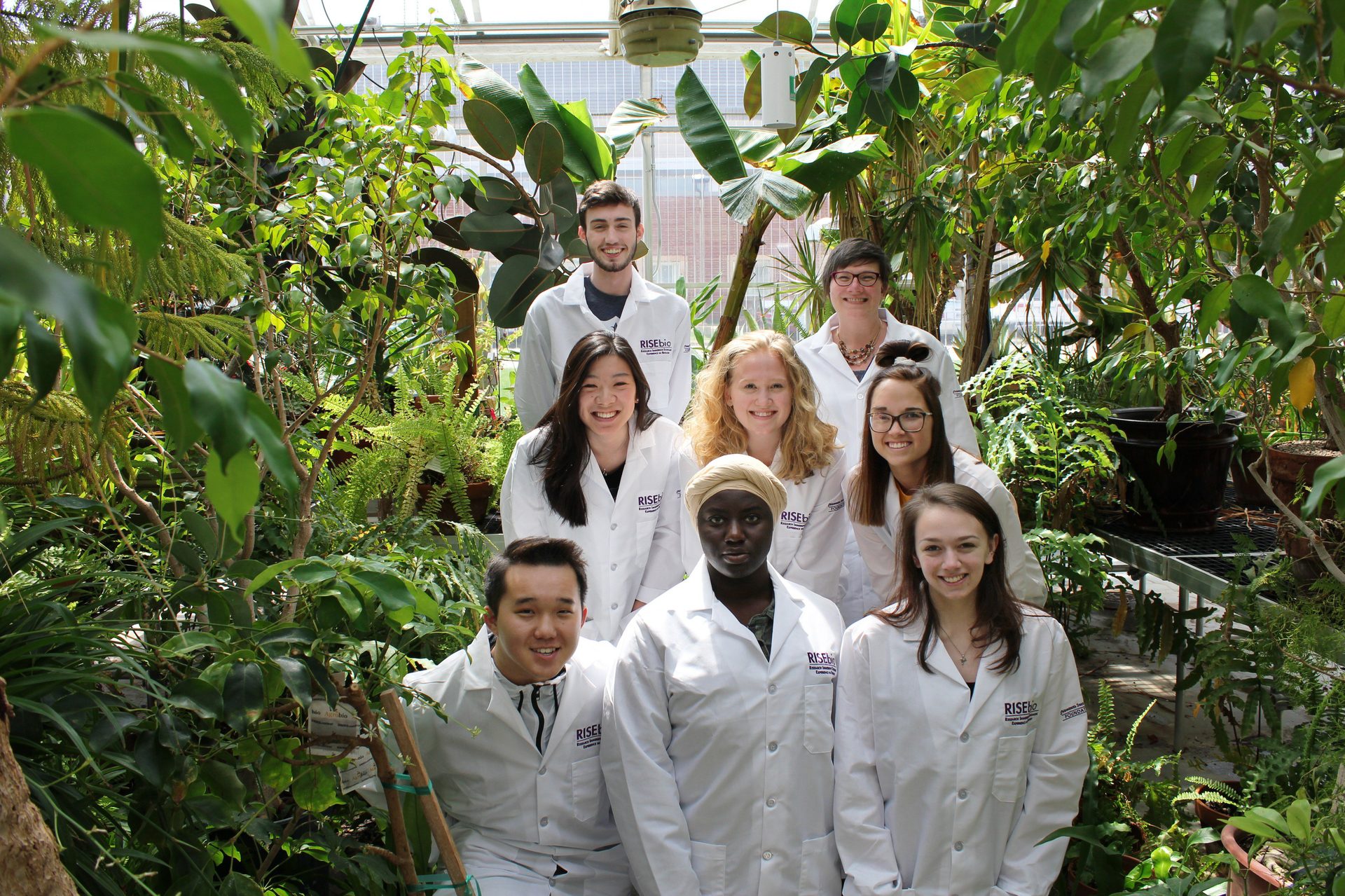
I participated in undergraduate research experiences during the school year and at other institutions over the summer. Some skills I gained include extracting DNA from mouse cells. They helped get me to where I am by giving me valuable research experience. Public speaking is another skill I improved on, especially through a class I took in the Communications department. This helped me become more comfortable with speaking in front of people. My writing skills also improved especially through the Fellowships Office.
Anjola Onadipe, Biological Sciences (Pre-Med)
Medical Student at the University of Michigan
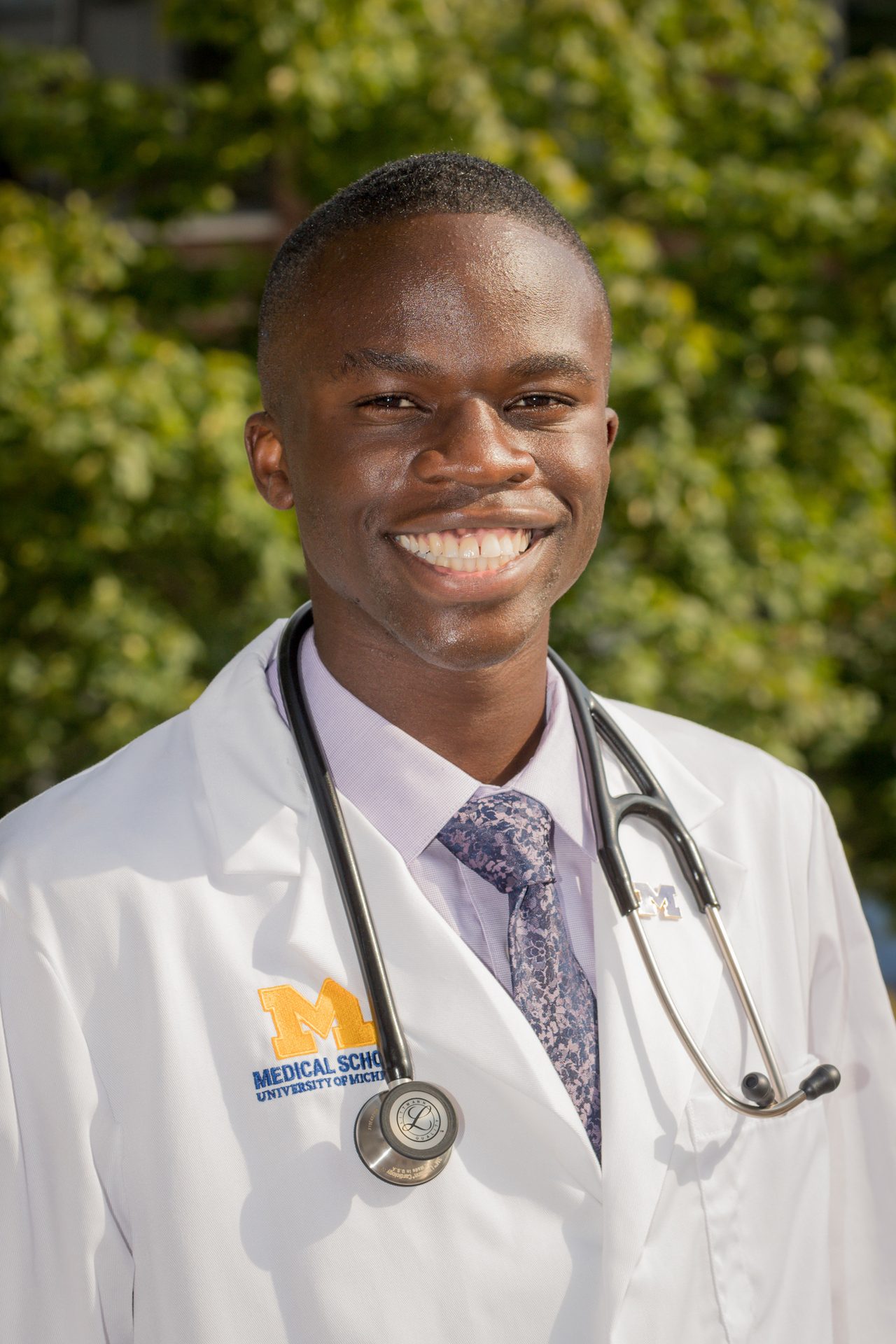
During my studies, I participated in various job and internship opportunities. My favourite experience was with the Data Science Research Grant. This opportunity provided valuable insights into the working world and practical experience in my field. I came to understand that the most effective way to evaluate my job performance is through the perspective of my supervisor and colleagues.
Abdelrahman Elkenawy, Electrical Engineering and Computer Information Technology
Founder at Hearing Glasses LLC, Instructor at Minnesota State University, Mankato
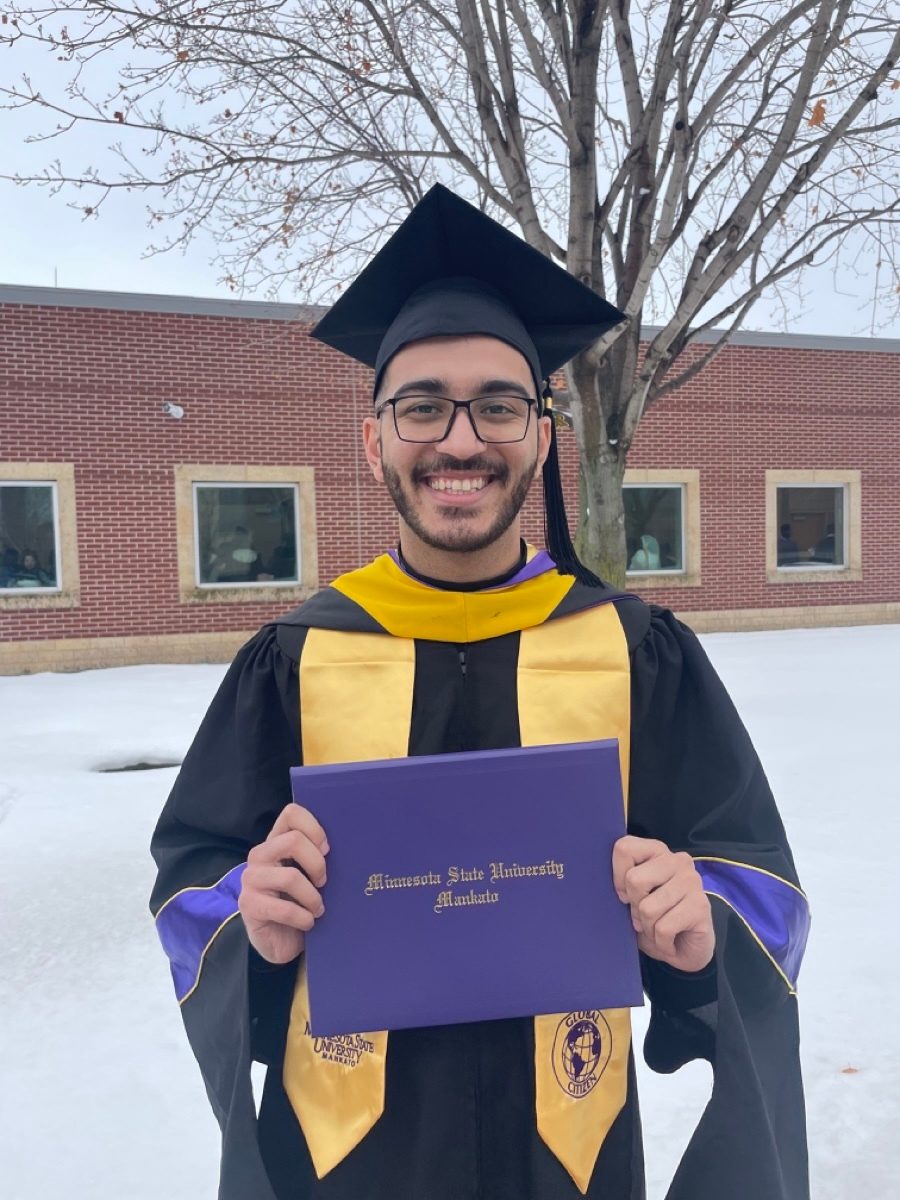
Minnesota State Mankato prepared me for success after graduation by providing me with a strong foundation in both technical and business skills. Specifically, the programme helped me develop expertise in data modelling, database design, programming, project management, and business analysis. These skills have been essential in my career as they have enabled me to understand technical requirements, communicate effectively with technical teams, and manage projects effectively.
Minahil Khan, Management Information Systems
Project Manager

Hear from the alumni
Learn more about Minnesota State University, Mankato


Copyright © 2023 Study International, official representative of Minnesota State University, Mankato - College of Science, Engineering & Technology
